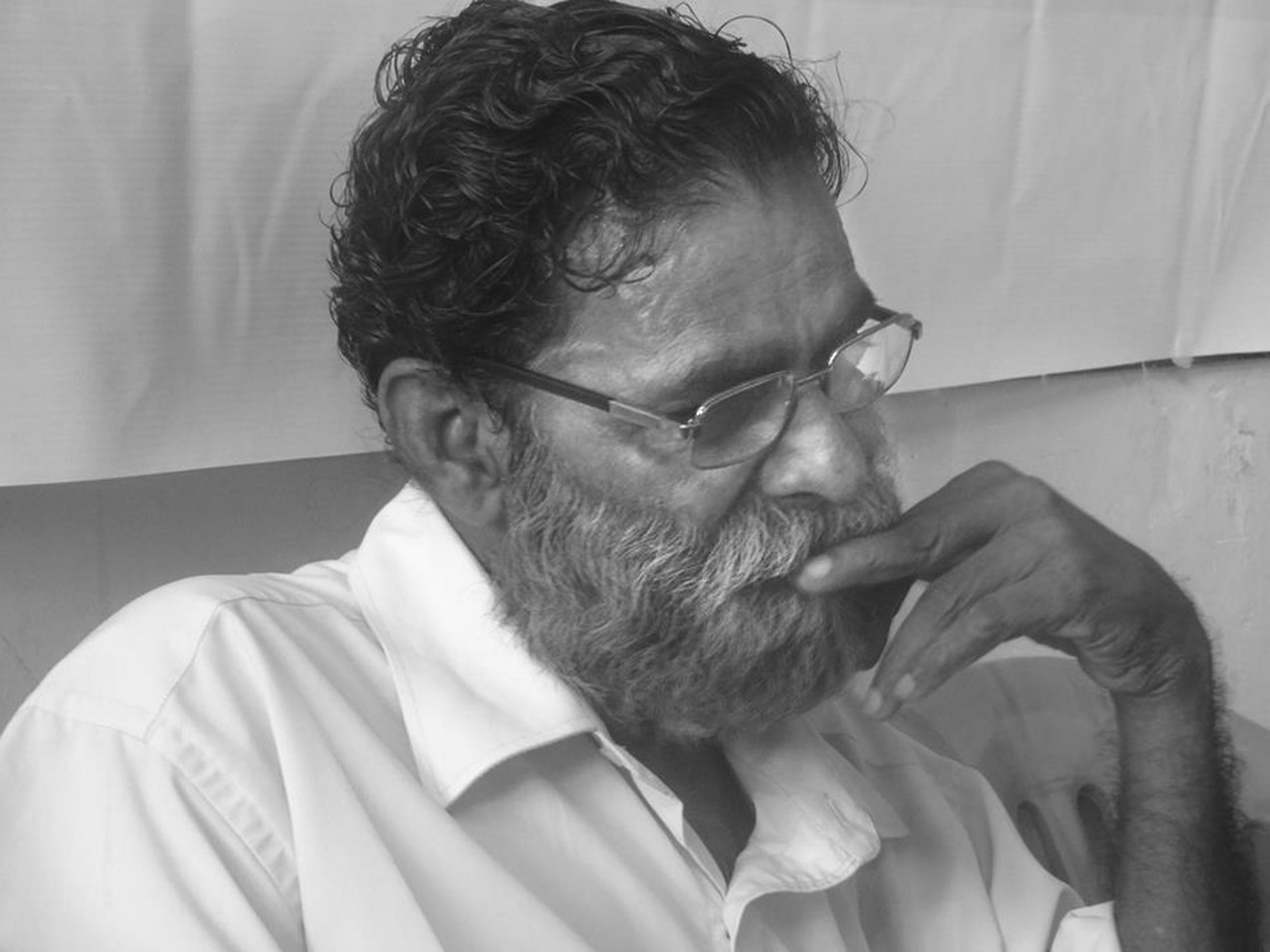Chandra Bhan Prasad
(First pubished in April 2003)
“How could Maya do it, without the cow-belt having undergone a cultural revolution?” the ecstatic D Shyam Babu, a new age Dalit scholar, exclaimed. We were analysing the BSP’s triumph in the UP Assembly elections and, sitting glued to the news channels, watching Brahman/Rajput/Bania MLAs pay obeisance to Kanshi and Maya, by falling at their feet.
“Shyam, the cow-belt underwent a cultural revolution 500 years ago,” I told him. Shyam thought I was joking. I said, “Don’t you know, the Dalits disciplined cow-belt Brahmans in the 16th Century itself. Rajput kings and queens prostrated before an Untouchable at the time, and a religious Order practicing diversity adopted a Dalit voice in its main spiritual system 300 years ago.”
I had begun with, “The cultural revolution was led by Saint Ravidas, greatest of all the saints. The revolution sprung up in Kashi, cradle of the Varnashram Order, headquarters of Hindu religiosity, and the seat of Brahman learning.”
Ravidas was born in 1378 AD in Kashi, to prosperous Untouchable parents, who traded in leather. Young Ravidas revolted against his parents’ desire to make the trade his career, and left home. He erected a thatched house, and took on shoemaking for a living. He would bestow shoes on barefoot ascetics, and finance the needy. His messages of equality before God, and that God was accessible to all, captured the people’s imagination. He built a small clay walled temple, and installed a leather idol of God. God thus, for the first time, stood liberated from a Brahmanical prison.
Kashi’s Brahmans fumed in rage, and petitioned the Kashi king. “Who perceives God better, and knows the path to redemption?” was to be decided. The king organised a shastrartha between the saint and select Kashi pundits.
Ravidas’ genius found no match. The pundits turned colourless, bending before the saint. The saint rode the royal chariot through the lanes of Kashi, the king standing by his side. That was the Dalits’ first war of independence, Kashi was secured. Cow-belt Brahmans never recovered from the shock, and were reconciled to the Dalits’ cerebral deftness.
Chittor’s Queen Jhally Bai was on a pilgrimage to Kashi, and hearing of the saint’s glory, desired to visit him. The royal priests accompanying her resisted the move, but the indomitable queen went ahead.
The spellbound queen was able to feel the difference between the barren minded pundits and the profound Ravidas. She was now a disciple of the saint. Back home in Chittor, her husband was furious. How could a Rajputana kingdom accept an Untouchable as its guru? But the maharani remained unfazed. She reasoned with her husband, and presented him a few the saint’s hymns. But the King insisted on a test, and invited Ravidas over for dinner to his exalted palace. The Brahman priests refused to dine with the saint, and sat separately. To the priests’ disbelief, the people serving them food all turned into Ravidas. The bewildered priests repented and collapsed at Ravidas’ feet, asking for forgiveness. The king declared Ravidas his guru.
That must certainly have been the first occasion when an Untouchable raided the walls of untouchabilty, by dining with a royal family. Chittor, the cradle of Rajput dominance, had fallen. Ravidas stayed on longer, with princess Meera Bai becoming his disciple.
The wonderful religious system of the Sikhs would be incomplete without the saint’s thoughts, as 41 of Ravidas’ hymns form the main body of the Guru Granth Sahib. This is the only instance where a Dalit voice forms part of the spirituality of a religious system. Punjab, like most of north/central/western India has flourished by living the thoughts of Ravidas, the first ever Dalit revolutionary.
Now his followers have settled across the Atlantic, and are organising a mega event at Vancouver, which could unleash a new diversity campaign in north America, requiring MNCs in India to honour diversity for the Dalits. While talking of revolution in 18th century Europe, Frederick Engels wrote: “Every struggle against feudalism, at the time had to take on a religious disguise.”
Saint Ravidas, while fighting caste, did exactly that in India.
~~~
[Courtesy: The Pioneer, April 8, 2003]








